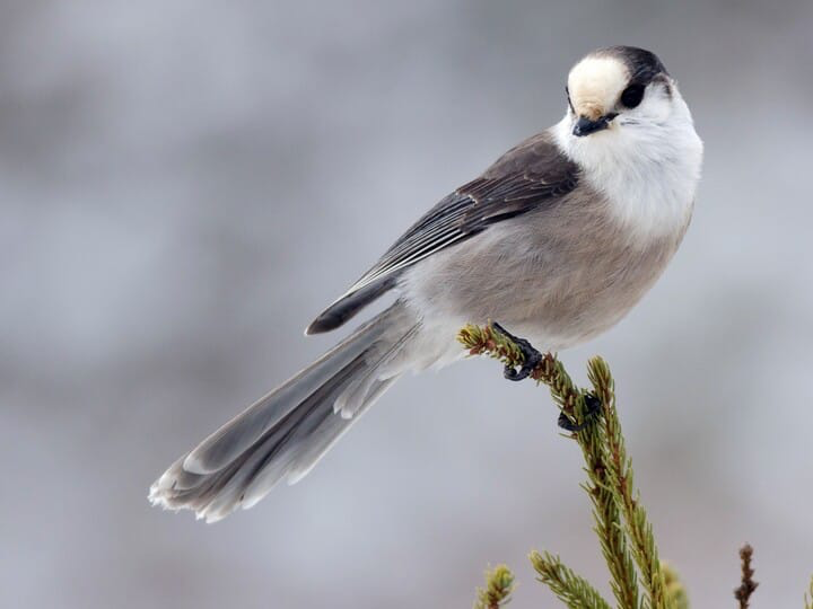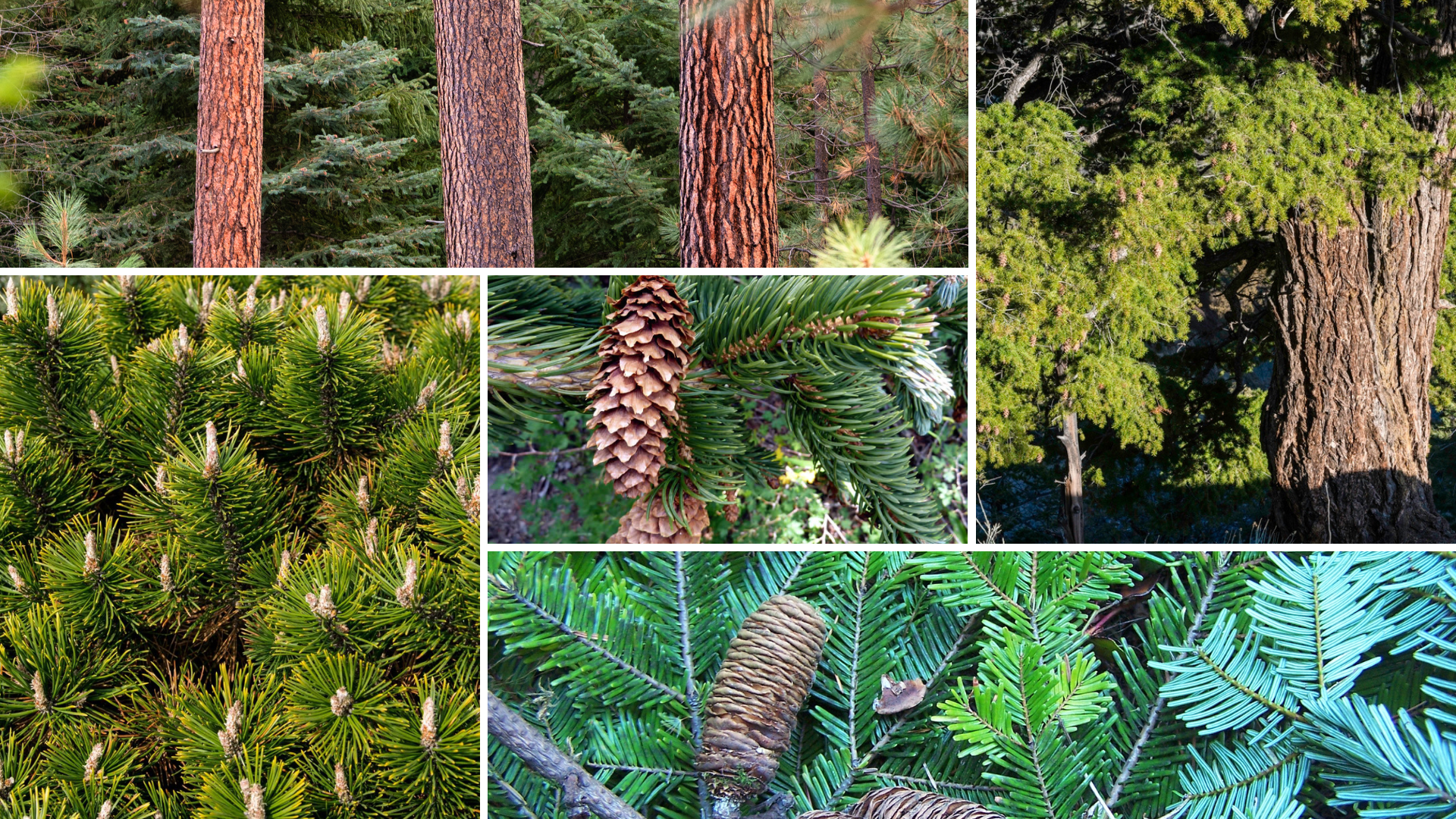Notes from the Field: The Jays
Steller's Jay: Cornell Lab, All About Birds
We are lucky that Central Oregon is home year-round to several readily observable species in the family of Corvidae, the corvids, which includes jays, magpies, crows, and ravens.
Canada Jay: Cornell Lab, All About Birds
A diverse and successful taxon with a global distribution, corvids exhibit some of the highest intelligence and most complex behaviors among all vertebrates and are adaptable generalists that thrive in association with human populations.
The jays especially are also strikingly beautiful birds with plumage in various shades of blue: azure, cerulean, cobalt, sapphire, and slate.
In our region, they include the Steller’s Jay, California (formerly Western) Scrub-Jay, Pinyon Jay, Canada (formerly Gray) Jay, Clark’s Nutcracker, and even the occasional Blue Jay, generally considered an eastern species.
Foragers, Helpers, & Camp Robbers
Jays and the other corvids have large brains relative to their body size, and there is good evidence from their innate and learned behaviors of advanced cognition. Social behavior includes complex interactions and provides for cooperation and social learning. For instance, Pinyon Jays are typically seen in Central Oregon throughout the year in small flocks, foraging in Juniper woodlands. Also often appearing in a foraging group, Canada Jays are known as “camp robbers” for their fearless raids on picnics and skier’s warming shelters, where bolder birds will land on and take crumbs directly from human hands. In some populations of scrub-jays, fledged juveniles remain on the parental territory as “helpers” while a subsequent brood of nestlings is reared. Crows and ravens forage or hunt in packs, much like wolves or orcas.
California Scrub-Jay: Cornell Lab, All About Birds
In addition to social behavior, corvids show many other signs of intelligence. They utilize an extraordinarily broad range of vocalizations, from calls and songs to whistles, raucous scolding rattles, caws, and grunts.
Many are accomplished mimics; that Red-tailed Hawk scream you thought you heard emanating from surprisingly closer to the ground was likely from a Steller’s Jay doing its best hawk imitation.
Jays are renowned for their habit of caching nuts and seeds for retrieval months down the road, indicative of an amazing memory. Corvids generally are curious and engage in play. Crows and ravens exhibit object manipulation, fashion and use tools, and recognize and distinguish between individual people.
Where to find different jays
Clark's Nutcracker: Cornell Lab, All About Birds
Though they overlap in occurrence locally, one typically finds different jays in a sort of gradation of elevation and habitats across Central Oregon. In the higher elevations around timberline, at Crater Lake, Newberry Crater, or high up in the Cascades, look for the bright black, white, and gray color blocks and loud “kraaah” of the Clark’s Nutcracker, up in the top of a fir.
Fluffy Canada Jays often seem to appear out of nowhere or offer their quiet whistle in the thickness of the mixed conifer forest. Steller’s Jays seem to prefer the shady, piney woods or more forested neighborhoods. Scrub-jays like the mixed native and ornamental vegetation of more open, sunny residential neighborhoods. Pinyon Jays are often seen in the more arid juniper woodland habitat.
Even over the past couple decades of rapid growth in Central Oregon, jays have hung in there and amply demonstrated their adaptability to a changing landscape. However, it has seemed, anecdotally, like there are more California Scrub-Jays and fewer Steller’s Jays in Bend than there used to be, perhaps a sort of partial displacement or shift in preponderance as the urban forest has been thinned or cleared for development. Climate change may also be playing a role in this shift.
At LandWatch, we have hope that Central Oregon will remain a place where corvids thrive, and the surprising variety of beautiful jays endures.
Appreciate Central Oregon
Support habitat conservation
Pinyon Jay: Cornell Lab, All About Birds
At Central Oregon LandWatch, we continue to keep a mindful eye on unlawful development that would fragment and disrupt wildlife habitat. We push for sound planning in line with environmental protections created to protect our wild species. With the right laws in place, we have the tools we need to ensure we can be good neighbors to the wildlife who share this home.








